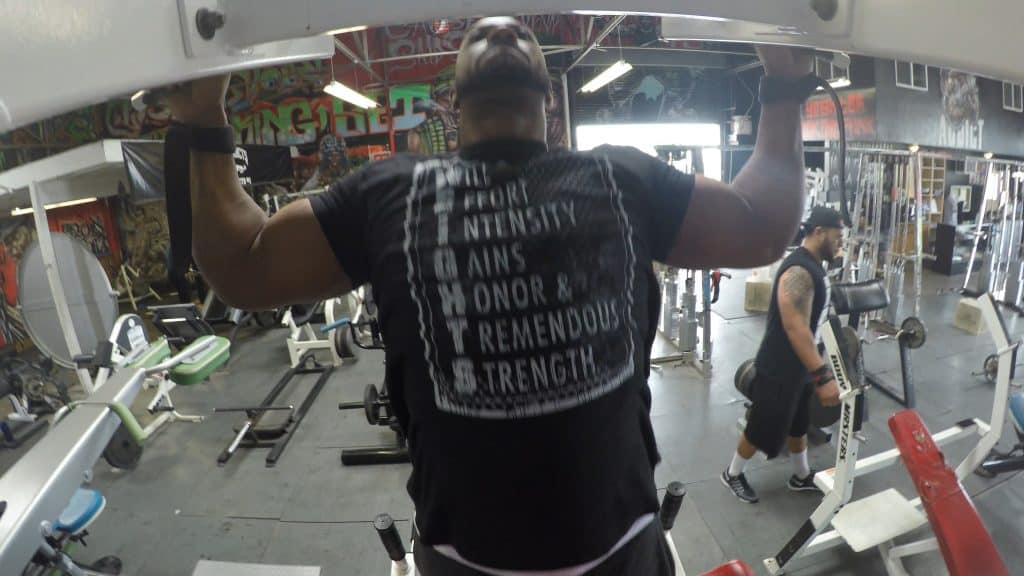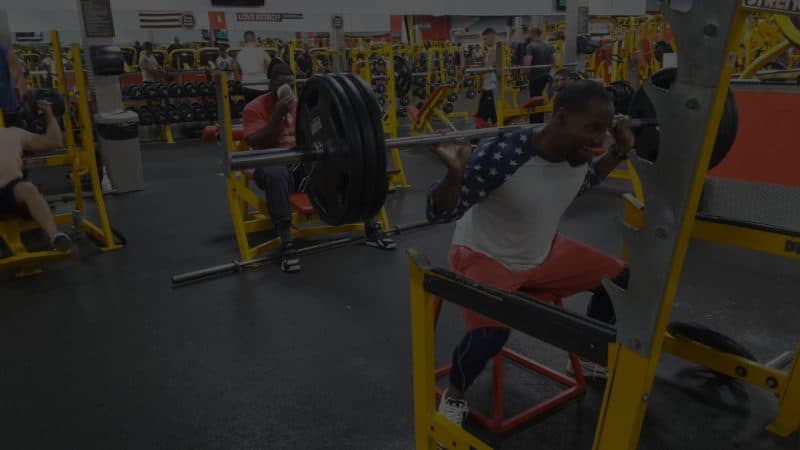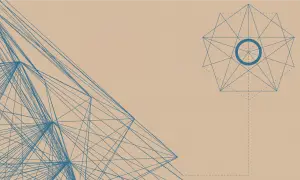There is nothing that says you need to be big to be strong. Even if your build is thin, you can build muscle that gives you more strength. Your size is no indication of how strong you actually are. One way to build better muscle is by mastering the pullup. Some trainers say that the pullup puts smaller-framed body builders on a level playing field with those with large frames. You may be able to deadlift hundreds of pounds, but if you cannot meet the 300 Pullup Challenge, you’re not really as strong as you think.
300 Pullup Challenge
The 300 Pullup Challenge is relatively simple. The goal is to complete 300 pullups in one hour. The easiest way to do this is by breaking them down into sets of 10. Complete 30 sets of 10 in one hour and you’ve conquered the 300 Pullup Challenge. The only equipment you need is a pullup bar, which you can probably find on a local playground, music to get you moving and a pair of gloves to protect your hands. Do ten pullups in quick succession, stop, walk around for 30 seconds to a minute, then do the second set. Continue until you have completed 30 sets of 10.
300 Pull-up Challenge Workout:
Feel free to do these in any order you choose.
Pullups Keep You Honest
One of the best things about pullups is that they keep you honest. Many bodybuilders claim that a pull-up is an unfair test for larger people, but this is far from true. A 250-pound person should be able to master the 300 Pullup Challenge as easily as someone who weighs half as much. The only reason pull-ups may be difficult for a larger person is if they have excess body fat. If you find that your form is lacking or that you are having difficulty completing the challenge, you may need to include pull-ups in your workout more often.


Watch Your Form
Before you attempt to conquer the 300 Pullup Challenge, make sure that you can do one rep with proper form. Grab the bar tightly, keep your legs straight and brace your body as you lift with your arms to pull your chin over the bar. Your torso should not fall too far forward or backward. You want to keep your body as tight as possible. You can use an underhand, overhand or neutral grip, but be sure to come to a full extension at the bottom of each rep. You also want to be sure your chin goes above the bar at the top of the reps.
How many pull ups should i do a day to see results?
I regularly perform 5 sets of 10 as a warm up to most of my workouts.
Work toward the 300 Pullup Challenge once each week and be sure to give yourself plenty of recovery time between sessions. Continue working other muscles during your week, but keep in mind that pullups will work your back and biceps, so you may be able to eliminate some of those exercises during the week. For more tips on getting the most out of your workout, subscribe to my YouTube Channel.
You Might also like
-
How To Improve Your Squat With Box Squats
Squats are an important part of any workout, not only building leg muscles but also quadriceps, hamstrings and calves. They also provide an anabolic aspect to your workout, improving overall muscle building.
If you have realized how important squats are in your workout, you may be surprised to learn that adding box squats can not only bring added benefits to your workout routine but it could also improve your squatting technique overall.
-
Transforming Your Health Passion Into Impactful Initiatives
In a landscape where health is of paramount importance, the impulse to channel your fervor for health and well-being into something meaningful should not be underestimated. RunThaCity delves into diverse ways to transform your enthusiasm into impactful initiatives. From the altruistic undertakings of volunteering to the entrepreneurial aspirations of starting a health-focused business, multiple paths can lead to noteworthy contributions to public health.Volunteer Your Services
Volunteering serves as an effective channel for converting your health-related enthusiasm into palpable change. Opportunities abound in this sector, from offering your skills in local healthcare facilities to participating in outreach programs within the community. The act of volunteering not only offers tangible support to healthcare operations but also presents a window into the transformative power of your passion as you witness first-hand the positive effect it can have on individual lives.Find a Job in the Field
In the quest to find a job that supports people’s health, it’s essential to present yourself as the ideal candidate who can make a positive impact in the healthcare industry or wellness sector. Before seeking such a meaningful position, ensure your first impression is impactful by creating a stellar and professional-looking resume online. Utilizing a free online resume template allows you to select from a library of professionally designed templates, tailored to reflect the compassion and professionalism required in health-supportive roles. These templates provide a foundation upon which you can add your own personal touch—inserting copy, photos, colors, and images that represent your commitment to enhancing people’s health. Crafting your resume online with these customizable options ensures you stand out as a dedicated professional ready to contribute to the wellbeing of others.Become a Health Entrepreneur
Taking an entrepreneurial approach can be a fulfilling way to marry your passion with business. Launching a business in this field isn’t just a passionate endeavor — it necessitates a strategic mindset. Vital elements include devising an insightful business plan and performing comprehensive market analysis, all aimed at ensuring the long-term success and societal impact of your venture.Share Your Health Knowledge
The currency of knowledge is especially valuable in the health sector. Employ various platforms to disseminate essential information, whether through digital avenues such as blogs and social media or more traditional methods like workshops and public talks. The sharing of credible information supports societal well-being, elevating the public’s understanding of health matters and influencing their decisions in a positive manner.Pursue Healthcare Careers
Choosing a formal career in healthcare or wellness opens doors to not only fulfilling personal ambitions but also making a lasting, positive impact on society. Whether one is a nurse attending to patients’ immediate needs, a chef guiding people towards healthier living, a therapist helping individuals manage emotional or physical challenges or a public health professional designing programs for community well-being, each role serves as a touchstone for lasting change. What sets these careers apart is the ability to offer meaningful improvement in the health and lives of individuals and communities, thereby fulfilling both professional and altruistic goals.Fundraise for Health Causes
Financial resources are a cornerstone for many health-related programs and research initiatives. Efforts to raise these funds can range from organizing charity events and community drives to launching crowdfunding campaigns. Through fundraising, you have the potential to accelerate research, facilitate healthcare delivery, and support medical interventions, leaving an indelible imprint on health-related endeavors.Become a Health Advocate
Policy advocacy holds the power to enact sweeping changes that can affect millions. Utilize your enthusiasm for health to campaign for transformative policies that address healthcare accessibility, preventive health measures, and social disparities in healthcare. Align yourself with organizations dedicated to these causes, and use your influence to sway public opinion and legislative decisions. Channeling your enthusiasm for health into meaningful contributions is not only commendable but also impactful. Through varied paths — whether volunteering, initiating a business, sharing valuable knowledge, etc. — you contribute to a tapestry of improved health and well-being for the community and society at large. Each of these avenues offers unique rewards and challenges but holds in common the potential for significant, enduring impact. Through these endeavors, you help shape a world that is not only healthier but also more aware and proactive in its approach to well-being. At RunThaCity, we believe that fitness and sportbikes are not just hobbies, but a way of life. Visit our website to learn more about both today!SelfCaring.info
Brad, is a guest contributor for RunThaCity.com. He is passionate about empowering individuals to reach their full potential through self-care.
Brad's expertise stems from his personal journey and a genuine desire to help people flourish. He now shares his insights through [link to selfcaring.info, if available] and various guest posting opportunities.
-
How To Get Bigger Arms | Edge Fitness Arm Workout
Hey everyone! In this video it was arm day. For this workout video we decided to meet over at Edge Fitness in Deptford, NJ. As many of you know, we love to superset our workouts, especially our arm workouts. This means every time we complete a set of bicep exercises, we perform a complementary triceps exercise. It’s the best way to get the blood flowing! You can perform this workout by yourself, but it’s a tougher workout when you have partners. Pushing to the limit, less time between sets.
Don’t get hung up on the amount of weight. Feel free to reduce the weight and keep the reps high.
How To Get Bigger Arms Workout
Have you tried this workout? I’d like to hear from you. Make sure you like, comment, and most importantly Subscibe! Click the button below.











cggmfdku